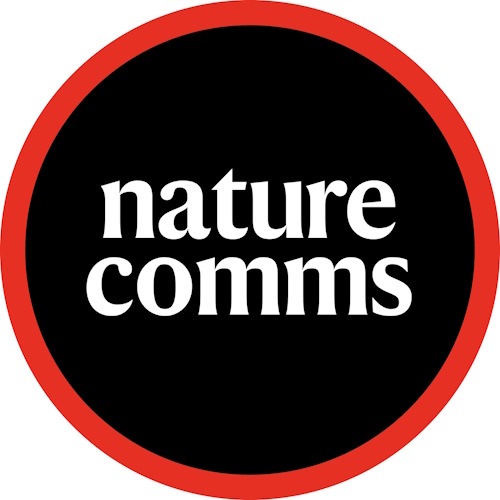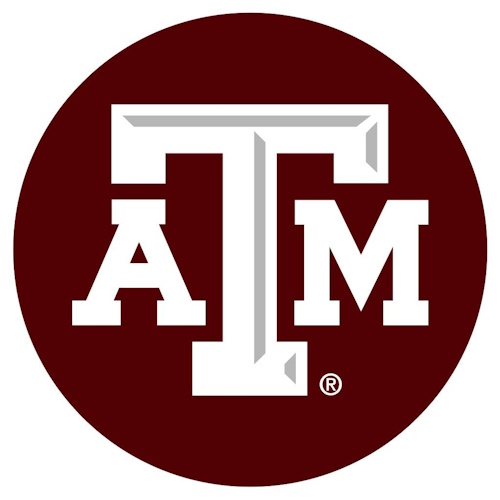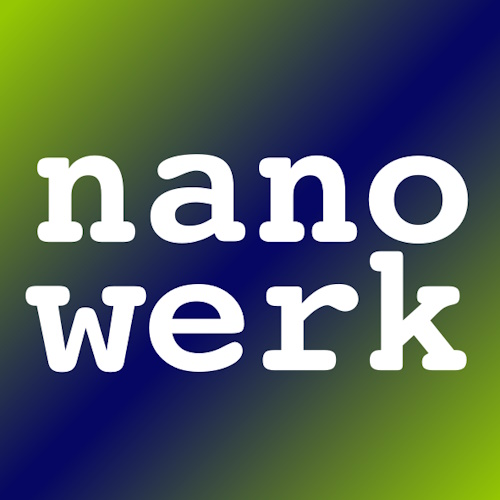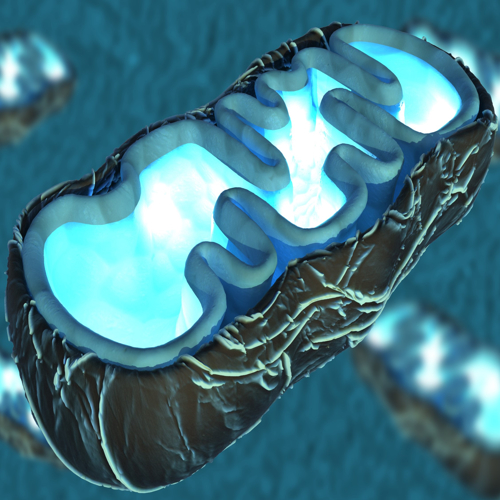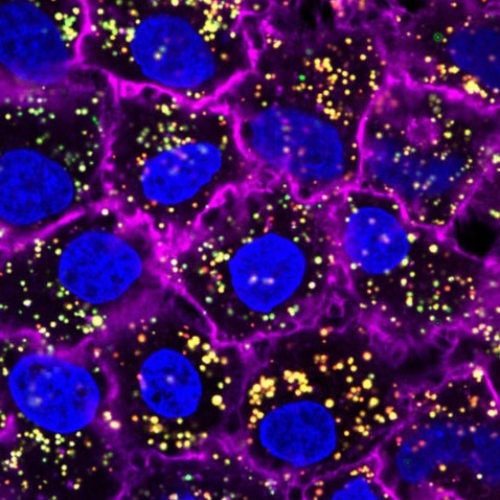Key points from article :
Researchers at Texas A&M are exploring ground-breaking ways to combat aging and disease by targeting the mitochondria, known as the cell’s powerhouse. As we age, the ability of mitochondria to produce energy decreases, leading to fatigue, tissue degeneration, and accelerated aging. While current treatments for diseases such as type 2 diabetes, Alzheimer’s, and Parkinson’s primarily focus on managing symptoms, the Texas A&M team is developing a more direct approach.
Led by Dr. Abhay Singh, the researchers have developed molybdenum disulphide (MoS2) nanoflowers—tiny, flower-shaped nanoparticles designed to stimulate mitochondrial regeneration. These nanoflowers enhance the cell’s ability to produce energy by activating key molecular pathways that increase ATP production and cellular respiration. This discovery offers a promising new method to treat diseases related to mitochondrial dysfunction.
Published in Nature Communications, this research could pave the way for future treatments of conditions like muscle dystrophy and neurodegenerative disorders. The next steps for the team include finding methods to deliver these nanoflowers to human tissues, potentially revolutionizing regenerative medicine and extending healthy lifespans.
